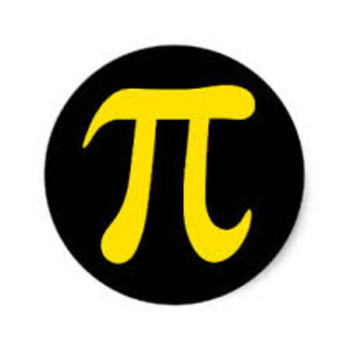Question #cfaee
2 Answers
The possible values for
Explanation:
What we have to do is, somehow, come up with an equation that resembles
first lets make it so one side equals zero:
Now, we can factor out one
So, for any multiplication to be equal to zero, one of the terms is equal to zero. That leaves us with the two following conditions:
Either
Now we take our
Explanation:
Note : This is not a quadratic equation, a quadratic equation is of degree 2. Since this equation is of degree 3, it is correct to say that it is a cubic equation.
To factor, or factorise means to write an expression as the product of its prime factors.
Factoring
There are several ways to factorise:
- divide out a common factor
- divide out a common bracket
- grouping terms
- quadratic trinomial
- difference of squares
We have
Move all the terms to one side and make the other side
Find factors of
They are
The signs will be different, the bigger is negative.
There are
Set each factor equal to zero:
These are the 3 possible solutions.



